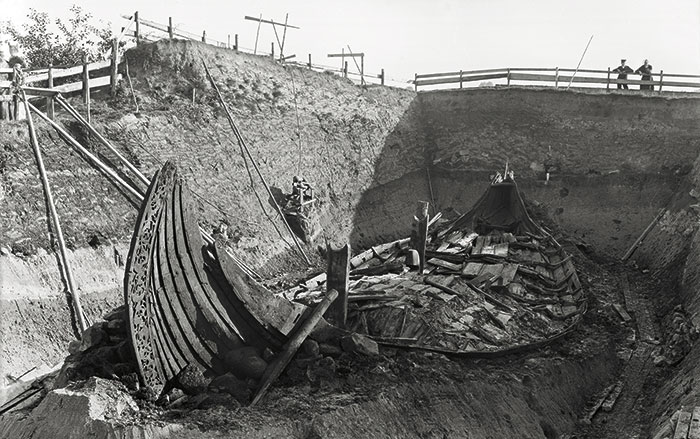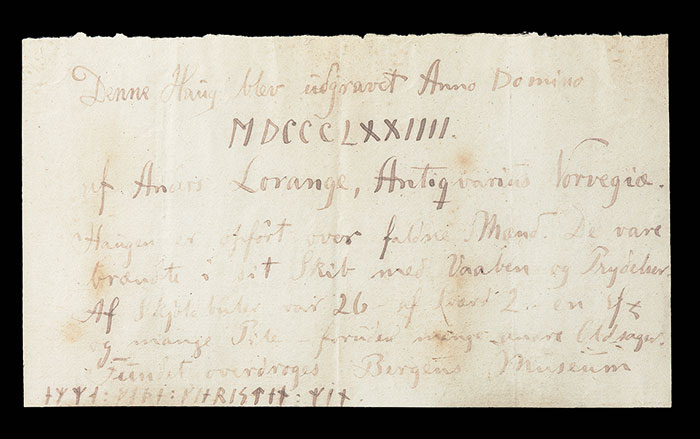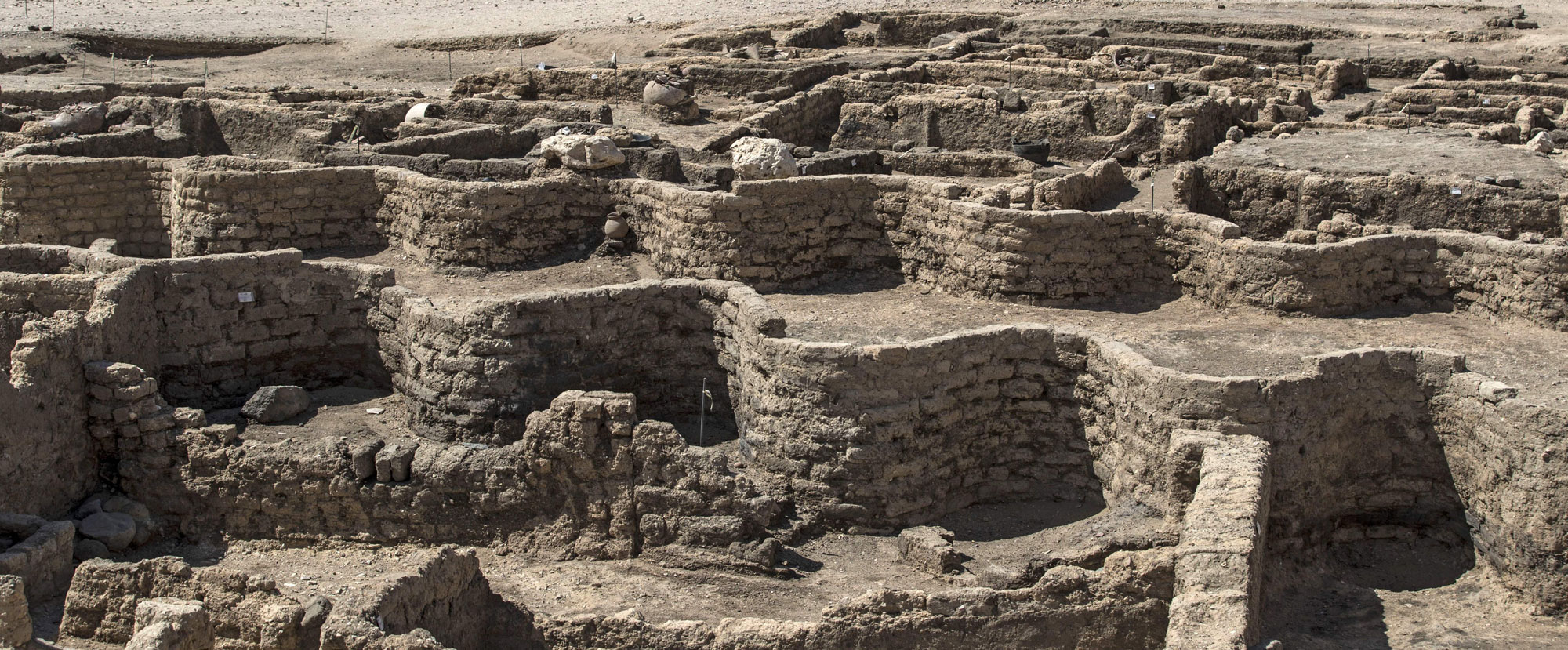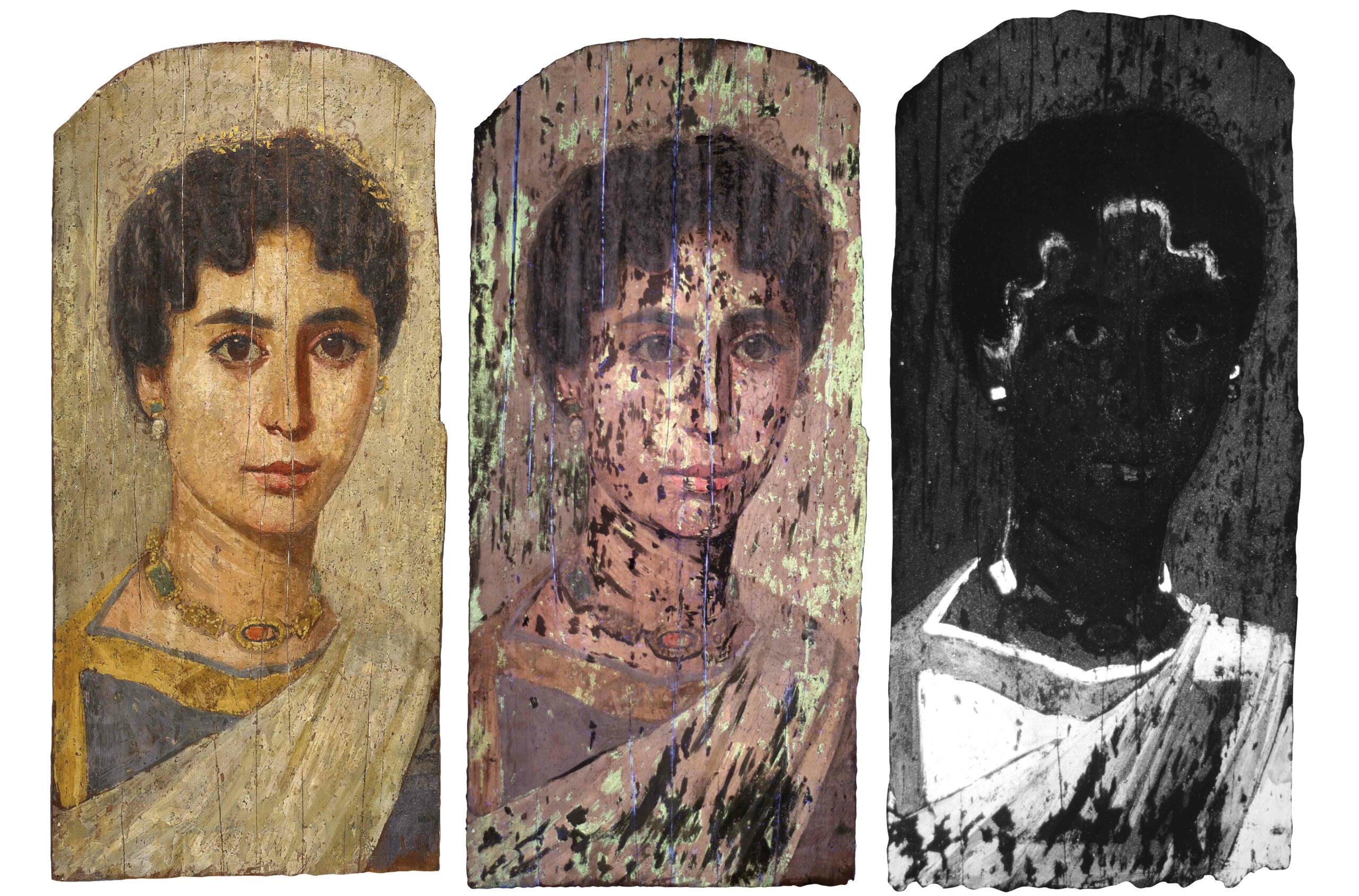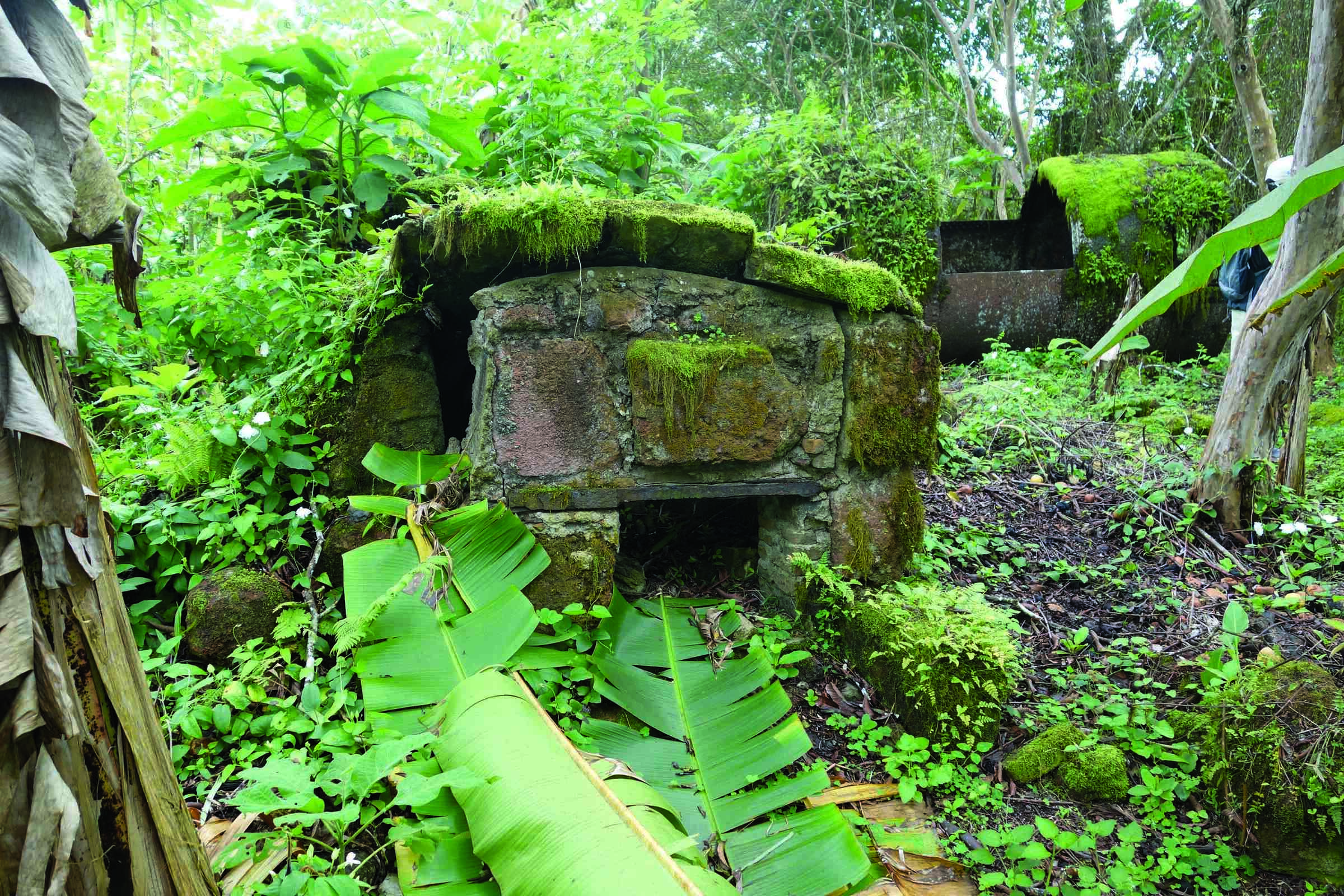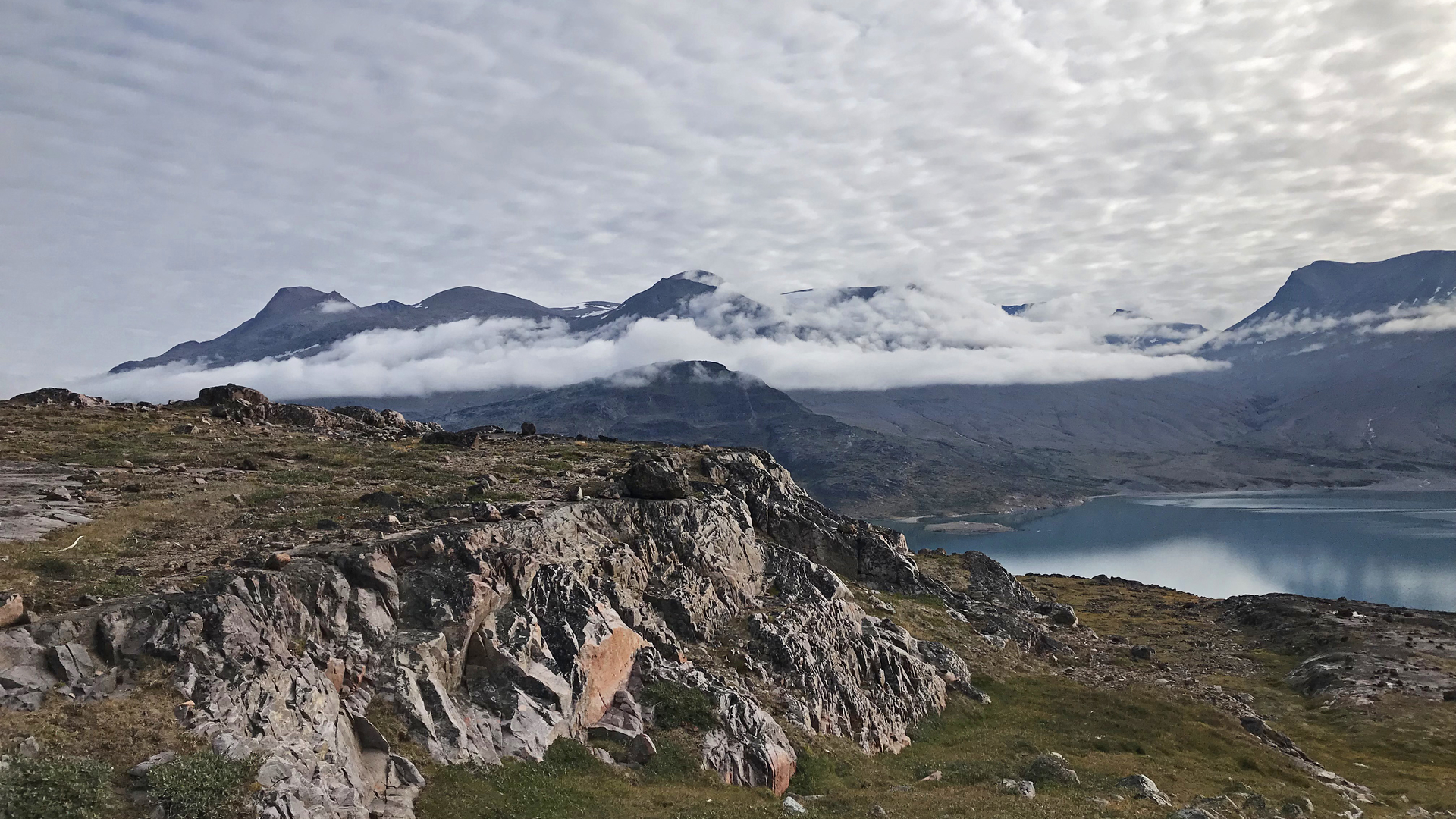
AMHERST, MASSACHUSETTS—According to a statement released by the University of Massachusetts Amherst, Boyang Zhao, Raymond Bradley, Isla Castañeda, and their colleagues analyzed lake sediments taken from the region of the Eastern Settlement, an area in southern Greenland settled by the Norse in the late tenth century A.D. The researchers found traces of a lipid that can be used to reconstruct past temperatures, and a marker from the waxy coating on leaves that can indicate the rate at which a plant lost water through the process of evaporation. It had been previously thought that the Vikings abandoned the Eastern Settlement in the early fifteenth century because the onset of the Little Ice Age made it too cold to farm, but the study suggests that although the temperature in southern Greenland remained fairly even, it did become drier over time. An extended drought would have made it difficult to grow enough fodder to feed livestock over the winter. When combined with other economic and social pressures, drought may have forced the Vikings to abandon the Eastern Settlement, the researchers concluded. Read the original scholarly article about this research in Science Advances. To read about when the Vikings established a colony in Newfoundland, go to "When the Vikings Crossed the Atlantic," one of ARCHAEOLOGY's Top 10 Discoveries of 2021.


